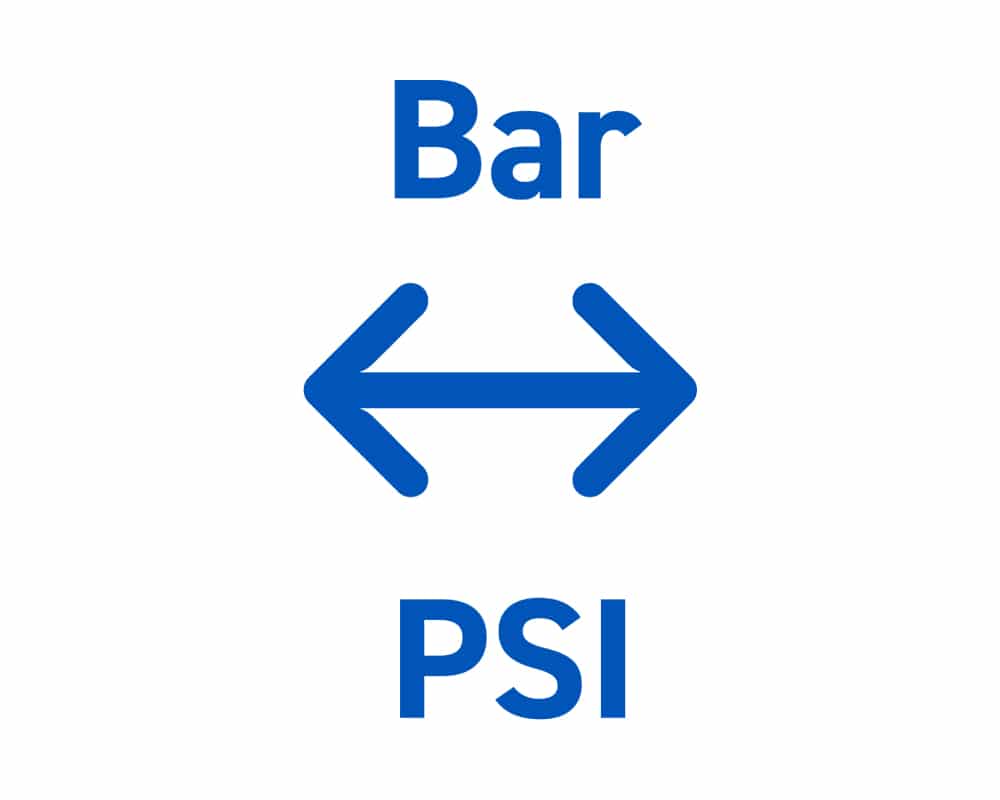
During the analyzed three-week period (March 23 - April 13, 2020), 100% of hours were in the best US AQI “good” category (up from 94% in 2019). During this lockdown period, New York observed a 25% reduction in fine particle pollution (PM2.5) as compared to the same time period in 2019, according to the COVID-19 Air Quality Report. Lockdown measures were put in place on a state and city level in order to slow the spread of the virus.

In March of 2020, New York became the epicenter of the US COVID-19 outbreak. A gradual shift towards more electric vehicles and cleaner energy provides an opportunity to drive emissions and pollution levels down further in the future.

2017 to 2018 observed a very small increase in PM2.5 pollution of 0.2 μg/m 3, while 2018 to 2019 remained unchanged in terms of annual PM2.5 average (7 μg/m 3). More recent progress, however, has been relatively stagnant.

New York air quality has improved over the past several decades. Refer to the top of this page for New York’s forecast air quality data and live air quality data. Monitoring air pollution data and taking action to reduce pollution exposure are the first steps in protecting oneself from associated adverse health effects. Rising temperatures as a result of climate change are expected to further exacerbate this problem. Precursor pollutants are sometimes emitted in other cities and states as well as from New York City’s high vehicle congestion. Tackling ozone pollution is challenging, however, as it’s a gas pollutant that is created in the atmosphere from precursor pollutants reacting in sunlight. While city-wide ozone has decreased significantly in the last three decades, ozone still presents one of the greatest environmental health threats to residents. 5 Staten Island, Southern Brooklyn, Central Queens, and the Northwest Bronx have the highest ozone-related death rates. 4 This rating was provided on the basis that 5.5 days in 2019 exceeded the national 8-hr ozone standard of 70 ppb.Ī 2011 analysis found that roughly 10% of hospital visits for asthma in New York City are attributable to ozone pollution. The State of the Air Report published by the American Lung Association gave New York City an “F” for ozone pollution. Ozone is among the most dangerous gaseous pollutants and a critical component of smog. While annual averages for particulate pollution pass most guidelines, the city continues to struggle with ozone pollution. Majid Ezzati, from Imperial’s School of Public Health, concluded in a recent study that further lowering the PM2.5 standard below the current level can provide an opportunity to save more lives and equalize the health of New York residents across income levels. 2 A PM2.5 reduction of 10% could reduce the number of deaths and hospital emissions by 300 and 200, respectively. The New York Health Department estimates that PM2.5 pollution contributes to more than 3,000 deaths and 2,000 hospital admissions for coronary and respiratory conditions annually. 1 Current New York air pollution levels continue to threaten communities, particularly lower-income neighborhoods, and raise the risk for heart and lung health complications.
#300 mbar to psi free#
While low PM2.5 levels meeting the < 10 μg/m 3 target are recommended, the WHO advises that no level of exposure has been shown to be free of health impacts. These annual PM2.5 levels are comparable to the air quality of Taos, New Mexico and Waco, Texas (6.9 and 6.8 μg/m 3, respectively). Since at least 2017, New York air quality has consistently fallen within this target (2017, 2018, and 2019 averaged 6.8, 7, and 7 μg/m 3 respectively). The World Health Organization (WHO) uses a slightly more stringent threshold for PM2.5 levels than the US EPA (< 10 μg/m 3).

PM2.5, or fine particulate matter, is a dangerous and prevalent air pollutant, widely regarded as one of the most harmful to human health. For the last three years (2017, 2018, and 2019), New York’s air quality index (AQI) has remained less than 50, or “good.” The US Environmental Protection Agency (EPA) defines “good” air quality as air that poses little to no risk to health. What is the air quality in New York City?ĭespite being the most populous city in the United States, New York City has relatively clean air on average.


 0 kommentar(er)
0 kommentar(er)
